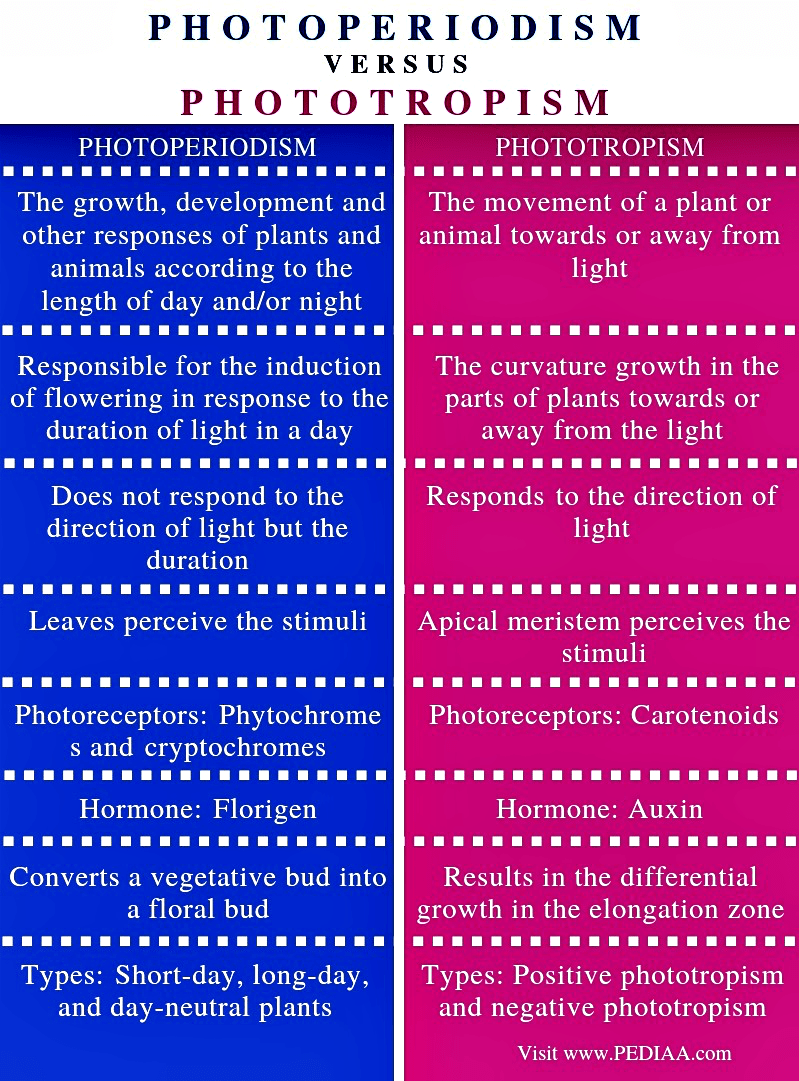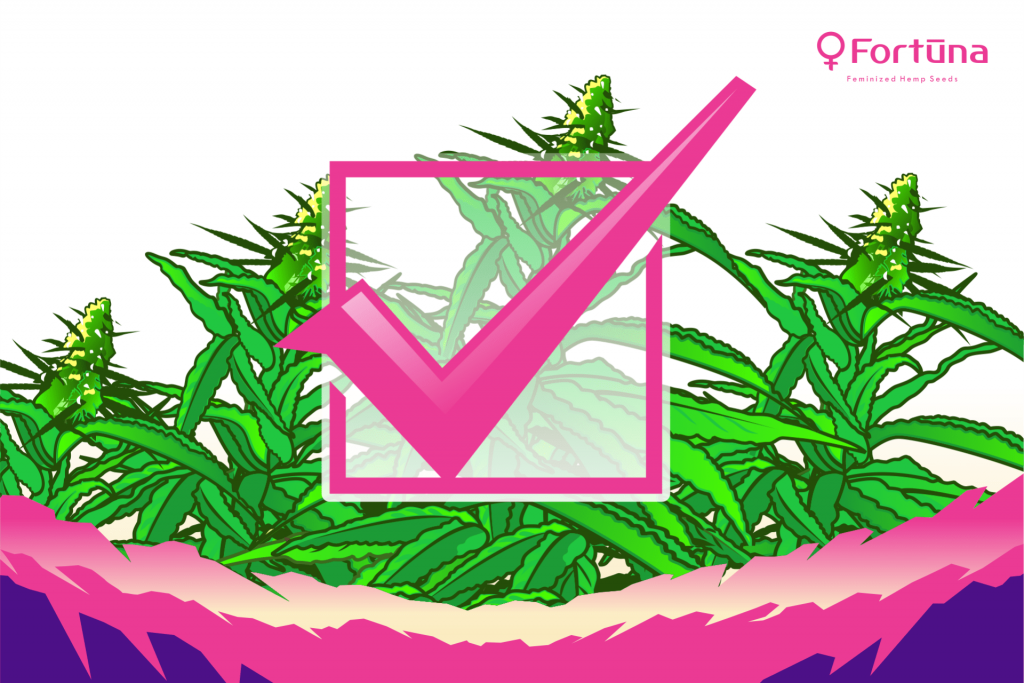
- Guides
-
by gu
Hemp photoperiodism refers to the plant’s natural reaction to changes in light duration, spectrum, and intensity. This, of course, is not unique to hemp, though. In fact, many plants, insects, and animal species react to changes in light. For example, many deciduous trees react to the shorter days of Autumn by breaking down chlorophyll in leaves. Insects like the Cannabis Aphid react to seasonal light changes by developing dual genders through which to breed (instead of asexually reproducing as they do early in the season). Even mammals react to photoperiod changes by producing more of the hormone, melatonin, in response to the shorter days (no wonder we’re so sleepy in the winter!).
Hemp is also photoperiodic in that it reacts to shorter days and longer nights. Understanding hemp photoperiodism is vital for hemp farmers who wish to grow healthy, CBD-rich hemp flowers on their own timeline. Understanding hemp photoperiodism is especially crucial for those growing hemp indoors or in greenhouse settings – outdoor hemp farmers need only let Mother Nature run her course.
What is Photoperiodism?
Photoperiodism refers to the way organisms react to changes in dark periods. It is a developmental response of both plants and animals to the relative length of light and dark periods.
Plants respond to photoperiods via photoreceptor proteins called phytochrome and cryptochrome. Plants use these photoreceptor proteins to signal the appropriate time to develop flowers and fruits, and when to shed old growth in preparation for wintertime. Short nights and long days trigger some plants, whereas long nights and short days trigger others.

Cannabis is a short-day plant. As such, it triggers into developing flowers (a.k.a. “buds”) when the days get shorter, and the nights are longer – usually beginning around June 21 in the Northern Hemisphere for outdoor crops.
There is one exception to short-day cannabis plants, though. Ruderalis strains (or those bred using Ruderalis genetics) develop flowers within their own unique timeframe regardless of photoperiod. Though these “autoflower” strains develop flowers automatically no matter how much light (or darkness, rather) they receive, they also tend to grow much smaller than the alternative and thus produce a smaller harvest. Ruderalis cannabis strains are considered day-neutral plants, much like tomatoes or cucumbers, and initiate flowering based on a specific developmental stage as opposed to light cycle.
Hemp Photoperiodism Versus and Phototropism
Photoperiodism is not to be confused with phototropism. As mentioned, photoperiodism refers to an organism’s response to changes in light and darkness. Conversely, phototropism refers to the way plants actively seek – and move towards – their most dominant light source. Plants that bend and stretch toward a bright window are displaying phototropism. Sunflowers that turn their gaze toward the sun are also showing their phototropic qualities.
Hemp plants also experience phototropism – for the better or the worse. For example, industrial fiber hemp plants (which grow very close together) stretch toward the sun lest neighboring plants block their light source. This process is often preferred for hemp fiber farmers because it lengthens the stalk and thus increases the total fibrous weight of the plant.
However, phototropism is not ideal for grain or cannabinoid hemp crops. When plants expend too much energy stretching for the closest light source, they cannot produce substantial weight in their buds. The resulting crop will likely consist of fluffy, light-weight flowers (if any at all) and poor cannabinoid/terpene ratios. Therefore, when growing hemp for either grain or cannabinoids like CBD or CBG, farmers should always provide ample space for their hemp plants.

Understanding the CBD Hemp Light Cycle
There are two stages (other than germination) in the hemp growth cycle – vegetative and flowering – and they both require different lighting schedules to flourish.
Hemp plants require the most light during their vegetative growth stage. Seasoned growers recommend anywhere from 18 to 24 hours of light during vegetative hemp growth, though it may be safe to go as low as 14+ hours of sun each day. They use light to transform water and carbon dioxide into sugar (glucose) and oxygen. Consequently, hemp plants will grow quite sizeable during this first growth stage.
The transition into the flowering stage of hemp plant growth requires shortening the days to no more than 12 hours of light and 12 hours of total darkness. This happens gradually outdoors in mid-summer but requires manual adjustment in indoor settings. Greenhouses may also need supplemental lighting and black-out curtains to maintain control of the hemp flowering cycle.
Note that it is the amount of darkness that is most important to grow CBD hemp or other flowering cannabis types successfully. The reason for this is due to the plants’ phytochrome receptors, which act as a molecular switch that responds to red and far-red light.
When lights are on, these phytochrome receptors detect equal parts red and far-red wavelengths. When lights are off, phytochrome far-red receptors begin to change to phytochrome red receptors. Hence, phytochrome receptors trigger the plant into flowering. Though the conversion from far-red to red is gradual, the transformation from red to far-red – if a plant experiences a sudden burst of light during its dark period, for example – is instant. Hence, if hemp plants experience light during their dark time, plants may stress produce seeds and drop cannabinoid production.

How to Transition Cannabis into Flower
The goal of transitioning a cannabis plant into flower is to get it into an even 12/12 light cycle. The first step is to ensure the plants have a completely dark location in which to sleep. Though moonlight is not powerful enough to jeopardize the process, streetlights or even a distant bathroom light could be. To ensure no light can penetrate the flowering area, stand inside it with all lights off and see if you can see your hand in front of your face. If you can, it’s too light.
After ensuring the plants can sleep undisturbed in total darkness, it’s time to change the light cycle. Though this happens naturally outdoors, indoor growers must manipulate the light schedule themselves.
There are a few different opinions about the best way to transition cannabis into flower. Many suggest simply flipping the lighting directly to a 12/12 light cycle while others suggest easing into the new schedule 15 minutes at a time. The latter believe that a gradual transition is less stressful to the plants.
Finally, some suggest a hard snooze the first day of the flowering hemp cycle. By this, we mean putting the plants into 36 hours of total darkness to “kick-start” the flowering stage. The process drops phytochrome far-red receptors quickly, thus triggering the plants into flowering from the jump. After the first 36 hours of darkness, switch the plants to their regular 12/12 grow cycle.
Final Thoughts About Hemp Photoperiodism
Hemp photoperiodism is integral to the CBD hemp cultivation process. Growers cannot expect to grow significant CBD yields without understanding the hemp cannabis light cycle.
To learn more about growing hemp in your area, contact our team of hemp cultivation experts. We’d love to teach you more about the growing process.



